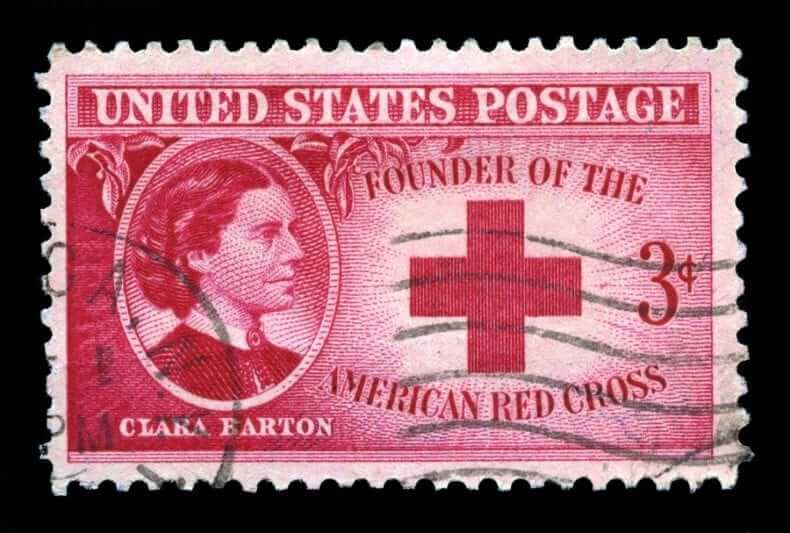Women’s History Month: 6 Ideas to Inspire Your Teaching
Looking for online resources on New Jersey women’s history, or local destinations to visit with your class? Thankfully, there are a multitude of quality resources available for NJ educators to draw upon to develop lesson plans for Women’s History Month this March. Complete lesson plans are also at your fingertips from multiple sources.
The staff here at NJ Teachers’ Lounge recommends these 6 ways to celebrate women’s history month in the classroom and some ideas to get you started. Enjoy!
1. Stop at One of the Sights Along the New Jersey Women’s Heritage Trail
Since 1999, the NJ Women’s Heritage Trail has been a resource for the often overlooked achievements of local women. “The first in the country to undertake a statewide comprehensive survey of women’s historic sites,” the website allows you to filter locations through various categories like “Art, Culture, and Sports,” or by county in order to find the landmarks closest to you. While the resource provides information about famous female activists like Clara Barton and Annis Boudinot Stockton, the Women’s Heritage Trail is committed to uncovering the contributions of less well-known figures, such as Elizabeth Sculthorp Force, a Toms River school teacher with “an innovative curriculum in the area of social behavior and family.”
Investigate the Women’s History Trail to connect the larger history of women’s rights to local stories right in your backyard.
2. Learn How Clara Barton’s Visit to a Friend Led to the First Free Public School in the New Jersey.
Clara Barton’s story begins in Bordentown, New Jersey, when the young woman saw young boys listlessly wandering the street and was inspired to meet with the chairman of the school committee. She found that laws for public education were never implemented in the state, and went on to teach school in a one room school house, a program that would grow from six children and one teacher to over 600 children and multiple locations.
Read more about her inspiring initiative and subsequent creation of the American Red Cross here and here.
3. Learn About the Fight for Women’s Suffrage Through the Story of New Jersey Native, Alice Paul
The fight for the right to vote was a widespread effort that involved a number of local voices. One of the most prominent NJ figures involved was Alice Paul. Born in Mt. Laurel, Paul spent most of her life in New Jersey and played a major role in the 1910s campaign for the 19th Amendment. She also served as the leader of the National Women’s Party for fifty years, campaigning for her proposed Equal Rights Amendment, which she introduced to Congress in 1923. Read more about her life and work here.
4. Read the stories of dozens of women veterans in the Center For U.S. War Veterans’ Oral Histories here.
5. Explore online resources for Women’s History Month Lesson Plans
There are many opportunities to bring Women’s History into your classroom in a meaningful and engaging way. Online plans provided by The National Education Association, EDSITEment and the Library of Congress.
6. Take an Electronic Field Trip with the National Women’s History Museum
Along with many other resources such as biographies and photographs through online exhibits, teachers can also bring the excitement of a field trip and knowledge of a museum guide to their classroom virtually. The National Women’s History Museum offers a variety trips focusing on areas such as Women’s Suffrage, African American Women and the Civil Rights Movement, and Women Pioneers of Computer Programming.
With programs tailored to grades 4-11, teachers can fill out a simple form to schedule a 30-minute session with a Museum Guide through Google Hangout.
More information on the programs and the sign-up process can be found here. Be sure to check out the online exhibits as well, complete with photographs and interactive timelines on a number of subjects ranging from Women in the Olympics to Women in STEM and Fashion.
-Megan West





